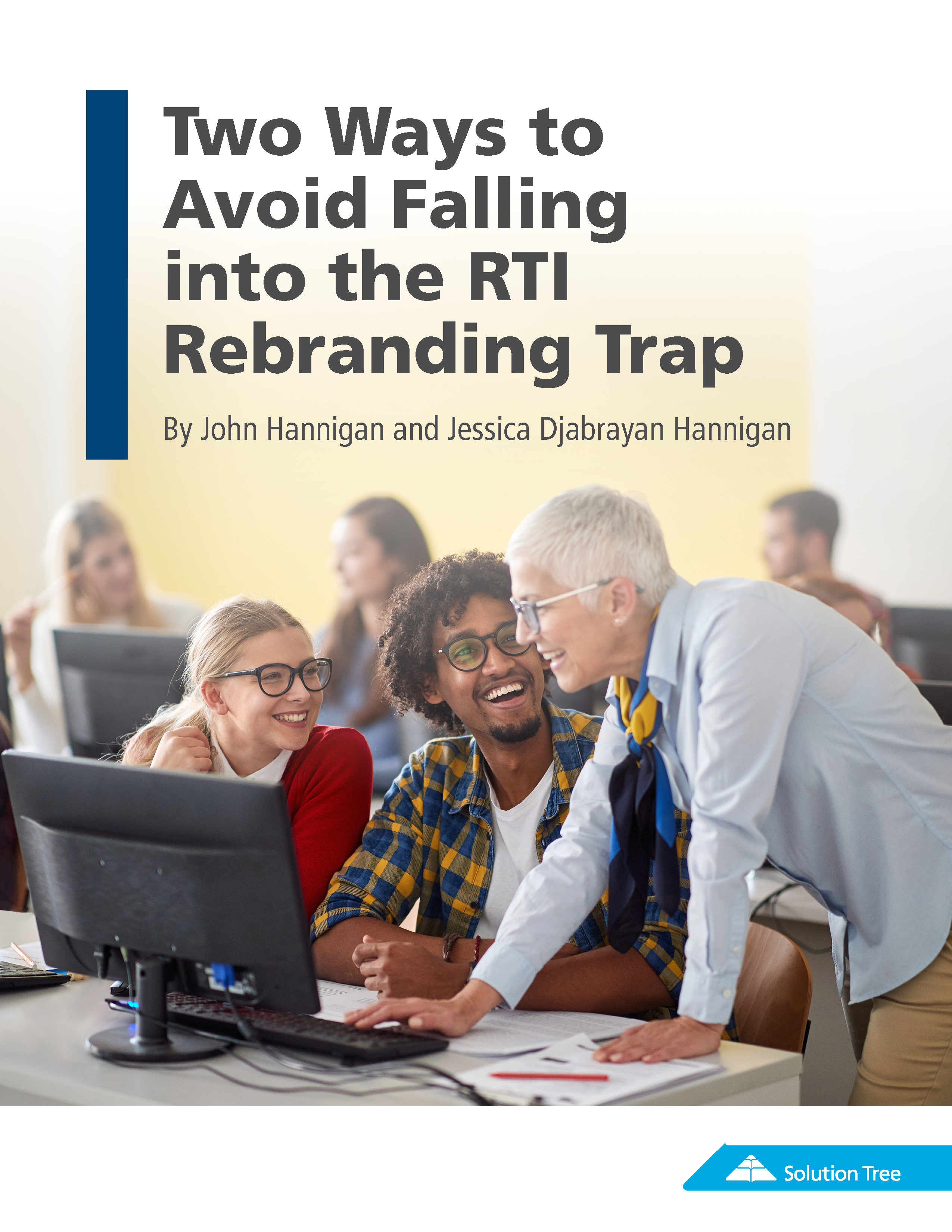
Why keep RTI?
The terms RTI (response to intervention) and MTSS (multitiered system of supports) have long been considered semantically similar constructs, but many educators are turning away from the term RTI in favor of MTSS because of perceived negative connotations. In their new white paper, "Two Ways to Avoid Falling into the RTI Rebranding Trap", authors John Hannigan and Jessica Djabrayan Hannigan highlight how important the term RTI is and offer a pathway for schools and districts to understand, define, and implement the RTI process effectively to avoid giving the same program a new name without adding any real changes.
But questions remain: Are there any true differences between the methods and strategies of RTI/MTSS and RTI2, and how can educators avoid falling into an endless RTI rebranding loop?
Implement the right strategies
When student learning is at the center of a classroom, one of the most powerful and effective ways to ensure that all learn at high levels is to intervene and provide the time and support students need.
Before moving forward to another framework that appears more comprehensive, determine if the necessary steps for both academics and behavior at the prevention, intervention, and remediation levels have happened.
“Successful learning for all requires a school to function as a PLC and simultaneously apply RTI.”
—John Hannigan, co-author of Behavioral Solutions
Ready to examine your intervention practices?
Take the first step by downloading the white paper, "Two Ways to Avoid Falling into the RTI Rebranding Trap."